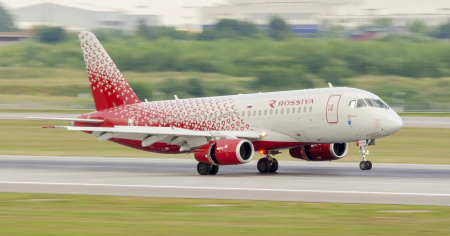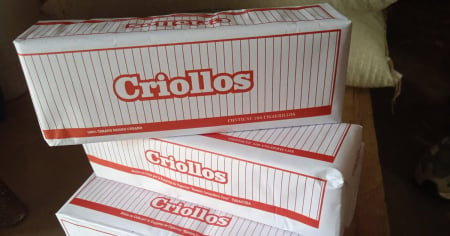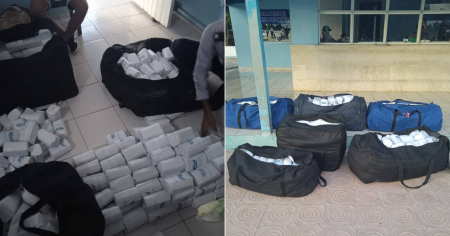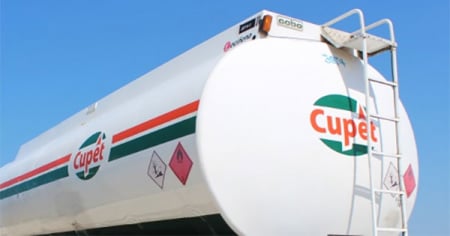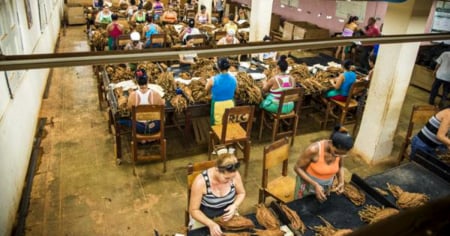The Lázaro Peña Cigar Company, part of the Tabacuba Business Group, recently stated that it exceeded its Economic Technical Plan, while in the informal market a box of cigars reaches 500 pesos, highlighting the severe inflation crisis affecting Cuba.
The entity reported that as of January 26, they achieved 101.5% of the planned target. "You should know that your Holguin cigar makers will do whatever it takes to ensure you can fully enjoy these authentically local cigars that you love so much. Don't stop trusting us, Cuba," the company stated.
However, the reality for Cuban smokers is far from the official optimism. The rise in prices on the island seems unstoppable, and cigars have not been the exception.
In provinces like Havana, Matanzas, and Villa Clara, a box of Criollos or Popular can reach 500 pesos on the informal market, while the sale per unit ranges from 30 to 50 pesos.
Cigar production in Cuba is in crisis
Tabacuba has faced challenges in its production due to frequent blackouts and the lack of spare parts for its machinery, many of which have been in operation for between 70 and 85 years.
Despite recent efforts to restore some of these machines and resume the production of brands like Criollos and Popular, shortages continue to impact the distribution and supply of the product.
However, in statements to the National Television, executives from Tabacuba assured that they will be able to meet the demand of the domestic market in the first months of 2025, although the reality of the black market seems to contradict their claims.
Increase in official prices
In April 2024, the Cuban regime announced a increase in the prices of cigars and tobacco sold in the state-run retail network, arguing that "it is not a basic consumption item for the population."
Resolution 63 from the Ministry of Finance and Prices established new prices for these products: packs of 20 black cigars Criollo, Titanes, and Popular are now priced at 30 Cuban pesos (CUP), while the blond cigars under the Aroma brand remain at the same price.
Meanwhile, the pack of "Popular Auténtico" rose to 60 pesos, and the H. Upman Clásico unfiltered cigars reached 50 CUP. The price of nationally produced tobacco was set at 10 pesos per unit.
The Minister of Finance and Prices, Vladimir Regueiro Ale, justified the increase by stating that the previous prices did not cover the costs of production, industrial processing, and marketing.
Furthermore, he stated that the measure aims to "mobilize new financial resources to support social expenditures in priority sectors such as education, health, sports, and culture."
Nevertheless, the increase in regulated prices has not prevented speculation and sales on the black market at exorbitant prices, reflecting an economy marked by scarcity and rampant inflation.
Frequently Asked Questions about the Tobacco Crisis and Inflation in Cuba
Why has the price of cigarettes in Cuba risen so much?
The price of cigarettes in Cuba has increased dramatically due to inflation and the scarcity of basic products, which has led the informal market to sell a pack of cigarettes for as much as 500 pesos. Furthermore, the rise in official prices decreed by the government has contributed to the increase in costs.
How is the production crisis at Tabacuba affecting cigars in the market?
The production crisis of Tabacuba, caused by blackouts and a lack of spare parts, has led to a shortage of cigars in the market, which has further driven up prices in the informal market. Despite promises to meet demand, the reality is that the supply is insufficient to satisfy national consumption.
What measures has the Cuban government taken to address the inflation of products such as cigarettes?
The Cuban government has tried to tackle inflation by imposing price caps on certain products, although these measures have proven to be ineffective. The lack of control over the informal market and the inefficiencies in distribution have perpetuated the crisis, with prices continuing to rise.
What is the government's stance on the price increase of non-essential products such as cigarettes?
The Cuban government has justified the price increase of non-essential products, such as cigarettes, arguing that they are not essential for the population and that previous prices did not cover production costs. They claim that these increases help mobilize financial resources for priority sectors such as education and health.
Filed under:

